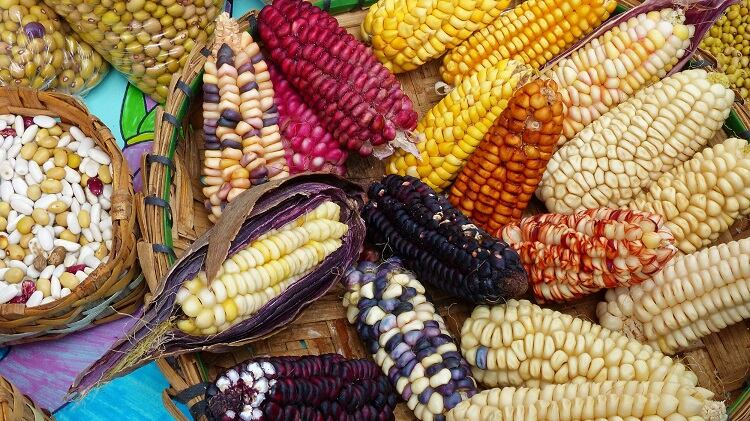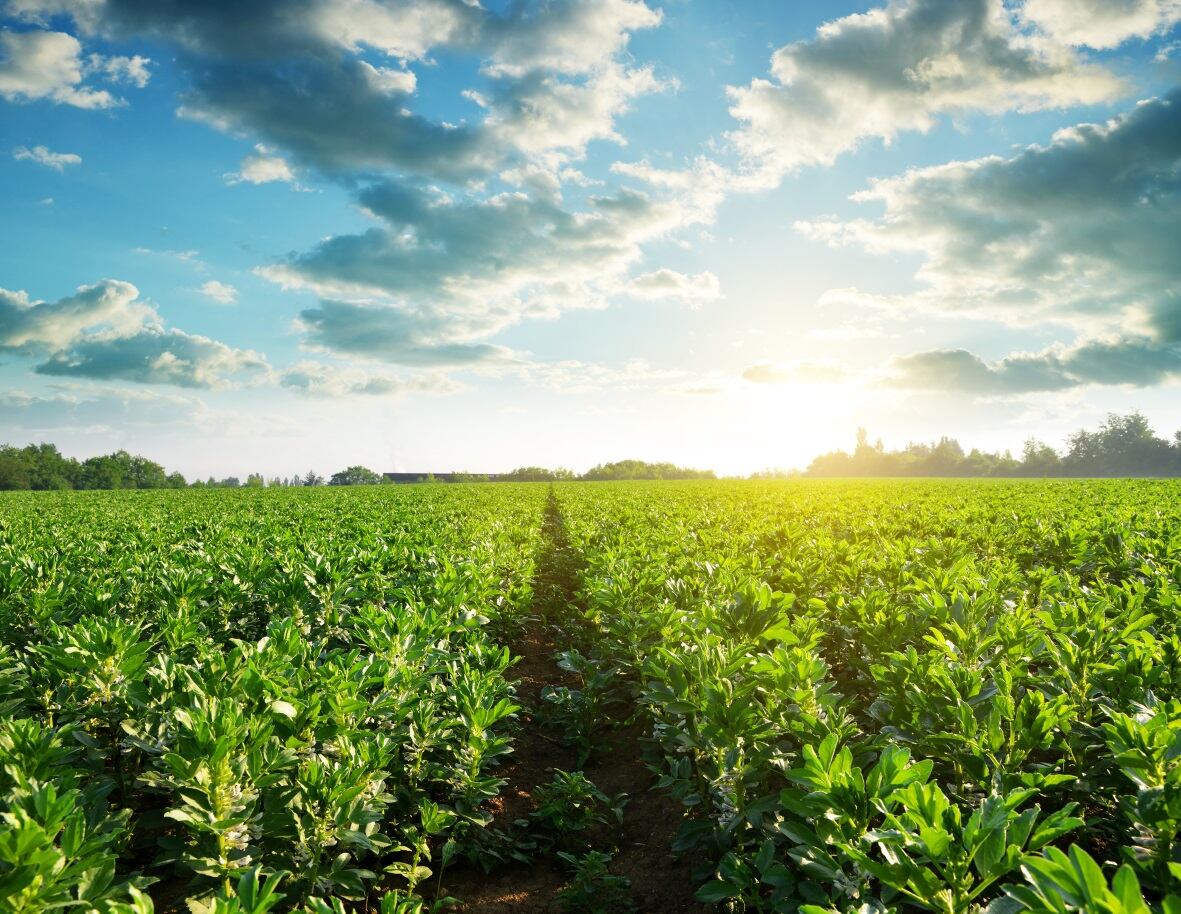The novel coronavirus, or COVID-19, pandemic has created a new era. Its impacts on humanity, economy and, of course, food systems, are yet to be fully understood.
Since COVID-19 first hit Europe, ‘panic buying’ has challenged retail operations and consumers have questioned the security of food supply chains. The pandemic has also prompted labour shortages, which could have detrimental impacts on food availability in the coming months.
For Charis Galanakis, who works out of the ISEKI Food Association in Austria, Galanakis Laboratories in Greece, and King Saud University in Saudi Arabia, authorities must quickly identify the ‘most critical threats’ to the food system, in order to mitigate potential disasters.
At an industry level, the researcher has listed four ‘significant issues’ the food supply chain should address amid this new era, covering bioactive ingredients for functional foods, food safety, food security, and food system sustainability.
Availability of bioactive ingredients to boost immunity
COVID-19 belongs to the same coronavirus family as SARS-Cov and MERS, both of which have led to significant mortality among individuals with vulnerable or compromised immune systems.
As populations look to protect themselves from COVID-19, Galanakis suggests consumers will be wanting to adopt healthier diets to boost their immune system.
The availability of bioactive ingredients for functional foods may well become ‘critical’, he noted in a recent Foods journal article, as the demand for these products increase.
Vitamin C, for example, is known to support immune function. Otherwise known as absorbic acid, Vitamin C helps develop and repair body tissues and can, under certain conditions, help reduce the risk of respiratory tract infections.
Vitamin A can also help boost immune function and lower susceptibility to infections. Supplementation with Vitamins D and E may also boost resistance to COVID-19, noted the researcher.
Bioactive lipids, such as arachidonic acid and other unsaturated fatty acids, may assist recovery from coronaviruses, Galanakis continued, adding that herbs and flavonoids used in traditional Chinese medicine have also been examined for their role in recovery.
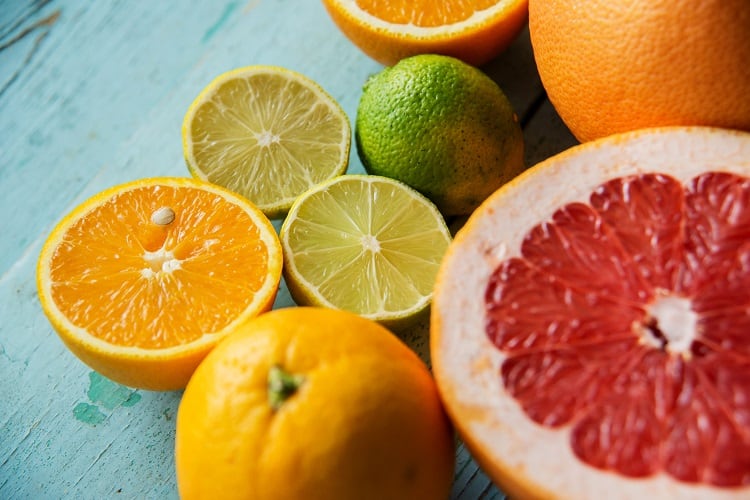
“Dietary supplementation with the above vitamins, bioactive lipids, flavonoids, and herbs may be a tool to support the human immune system against COVID-19. However, as of 16 April 2020, there is still no substantial evidence that these [are]bioactive.
“Nevertheless, their ability to boost the human immune system highlights their prospect use in functional foods and presence in the nutraceuticals market.”
It is foreseen, that amid the COVID-19 era, consumers will increasingly seek products to boost their immune system, he noted.
Food safety amid a global pandemic
Food safety has attracted significant concern from consumers, who want to know whether the coronavirus can be transmitted via imported food. Questions have also been raised as to whether the virus can be transmitted via COVD-19 carriers during the food production process.
Elsewhere along the supply chain, supermarket retailers are implementing measures – such as two-metre distancing protocols and the installation of protection screens between cashiers and shoppers – to limit the spread.
According to the European Centre for Disease Prevention and Control (ECDC), the virus is predominantly spreading between humans via respiratory droplets that infected people cough and sneeze, and that those without the virus may inhale.
However, transmission is indeed possible if an infected individual touches food, and shortly afterward, another individual collects it and touches its eyes or mucous membranes of the mouth or throat, noted Galanakis in the article.
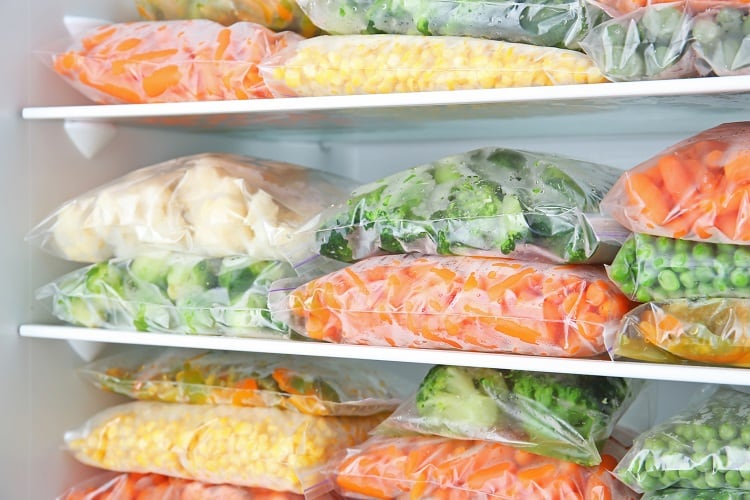
Concerning frozen food, transmission cannot be ruled out if fresh food is exposed before entering the freezer, the researcher suggested. “It is known that MERS and SARS-CoV-1 can remain infectious for up to two years in a frozen state.”
Therefore, the handling of packages should be followed by extensive hand washing or sanitising, stressed the researcher, to minimise any risk from touching food potentially exposed to coronavirus.
Food security in lockdown
It has been suggested that those already on the verge of food security, are now – amid a global pandemic – more likely to experience hunger and malnutrition.
This can be linked to several factors, not least a lack of availability of food in stores, self-isolation measures hindering access to retail outlets, and economic vulnerability fuelled by employment disruptions.
On 29 March 2020, it was estimated that one-third of the world’s population was in lockdown, prompting increased global food security alerts, according to Galanakis.
While supermarket shelves are now, after an initial teething period, predominantly well-stocked, food supply could be heavily impacted in developing countries in the coming weeks. “To avoid massive food shortages, it is of the highest importance that countries should keep the food supply chains going,” noted the researcher.
At the same time, these days industry can leverage technology in the fight against food waste. Internet of Things platforms, Big Data, and artificial technology can all be used to collect data and ultimately, improve the communication between different members of the supply chain, he suggested.
“Apps using Big Data and artificial intelligence could be implemented to connect farmers and suppliers with markets and get acute responses if any alternations of demand occur.
“Similarly, information and communication technologies (ICTs) could be enacted during on-farm handling, postharvest, storage, and food transportation.”
Sustainability of food systems in the new COVID-19 era
With lives lost, businesses failing and national economies taking a downward turn, the environment may well come out as one of the few winners at the end of the crisis.
Of course, food systems play a crucial role in environmental sustainability, and Galanakis believes there is much more we can do to cut greenhouse gas emissions and reliance on limited natural resources in the sector.
The current food systems are not sustainable, he noted, citing global food waste (estimated at 1.3 billion tonnes per year) as a key flaw.
Further, as the global population rises – expected to reach 9.8 billion by 2050 – food security may decrease. Under such circumstances, people in territories of high population density may seek food sources in ‘all kinds of’ animals and insects. And the safety and hygienic conditions of animal-based food sources during retailing and cooking of big local markets can be a challenge for authorities.
This may be case in point, if COVID-19 is successfully traced back to a so-called wet market in Wuhan, China.
The world, and subsequent food systems, must adapt in the new era of pandemics, stressed the researcher. “There is evidence that the likelihood of pandemics has increased substantially over the past century due to urbanisation, global travel and integration, intensive exploitation of natural resources, and modification in the use of land.
“As urbanisation and global population will increase over the next decades, this trend is expected to continue and intensify.”
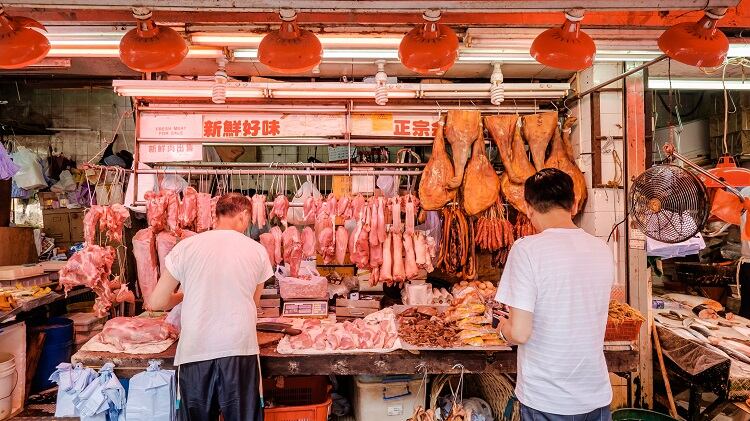
Advocating for the redesign of global food systems, Galanakis pointed to the importance of their future resilience. “The current food systems are highly dependent on animal-based protein sources that are not suitable from an environmental point of view but also from a healthy and food security point of view.”
Should alternative proteins be further exploited as a means of feeding growing populations while simultaneously addressing environmental sustainability? According to Galanakis, the answer is a resounding ‘yes’.
“Cockroach milk and cockroach flour [for example] may play a pivotal role in the solution to the food shortage in the decades to come,” he noted, also citing plant-based examples such as quinoa, microalgae and artificial meat.
To achieve more sustainable and modern food systems, the researcher suggested increased focus on reducing the cost of aseptic lab-grown meat, reducing the cost of food waste recovery and reutilisation in the food chain, and developing new and large food supply chains based on insects and microalgae proteins.
Further, with the circular economy in mind, Galanakis pointed to food processing by-products from the meat, fish processing, or dairy sector. “[They] comprise a rich source of proteins and other valuable compounds (e.g. antioxidants) that could be recovered and reintroduced in the food chain.”



